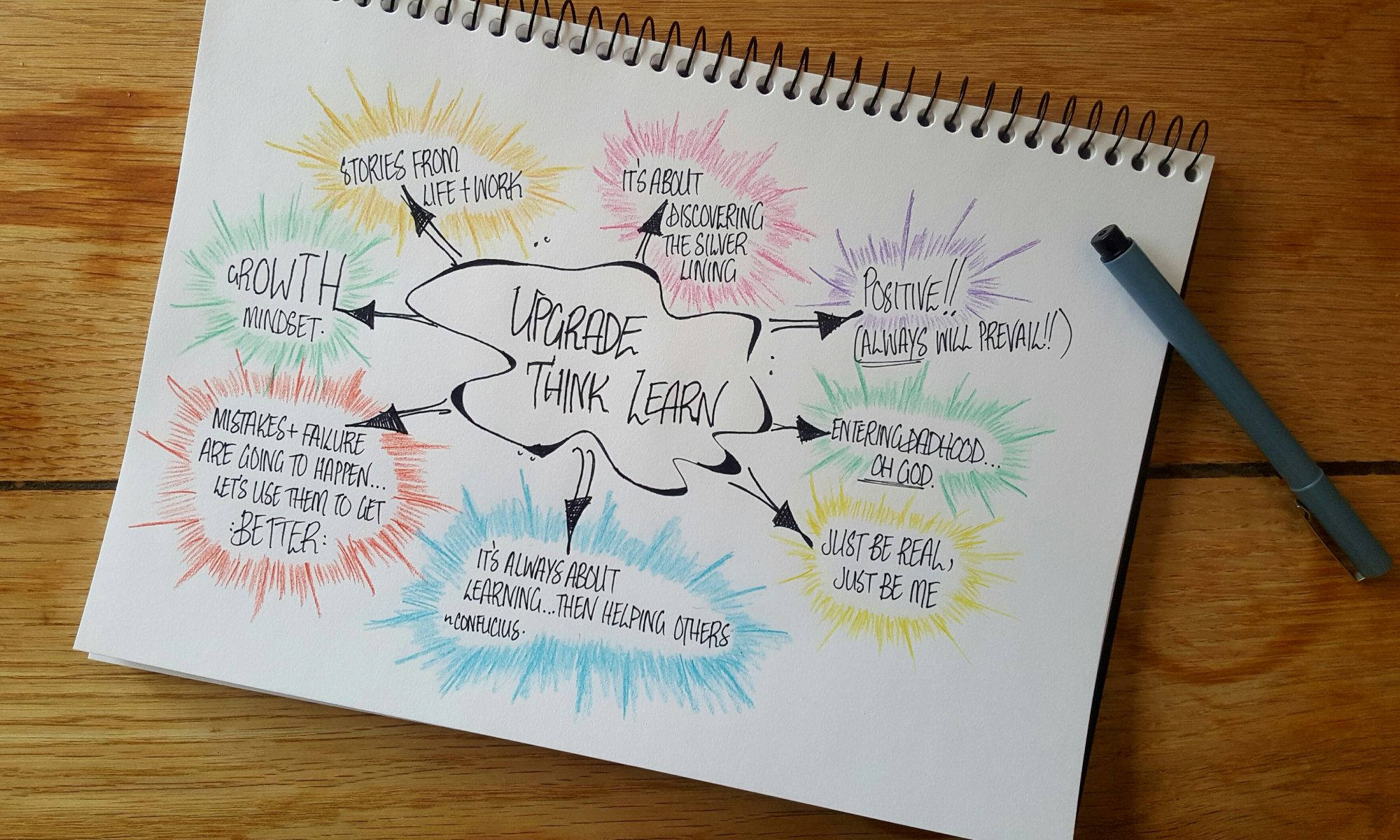Creating a class or team built around strong relationships is a key focus for most teachers and leaders.
As it should be, especially when we consider the effects of positive teacher-student relationships can last for four years.

Which is why this time of the school year is so important and unique.
It gives us the time to set everyone – including ourselves – up for the year ahead. Like one of my greatest mentors used to tell me, it’s at this time we choose to start the way we want to finish.
When I look back at all of the classes where I have had the greatest impact they all have something in common. I not only made time to create positive relationships, I was bloody intentional with how I developed them.
After all, just because we’re in the room doesn’t mean our students (or team members) are going to feel supported, trusted or connected.
Those classrooms and teams where incredible things have occurred were built on tiny moments that added up to something larger.

It’s these tiny moments that I honestly love as a teacher, leader and educational coach. Those moments where someone gets a little bit more insight, energy and/or inspiration to do more than they thought possible.
For the last two weeks I’ve been thinking about some of the things I do throughout the first few days and weeks of the year that make a difference.
There’s one that I’ve kept coming back to because of the impact it has continually made on the relationships, culture and behavior within my classes.
(Plus, if there’s anything I have discovered about teachers is that we sometimes like to take on a little too much by trying to do anything and everything. If you’re looking for more tips or help with building positive relationships or class cultures, email or reach out to me here, here or, yep, even here).
This approach has gone by a few different names over time, but for the last few years I’ve simply called it our Class Charter.
How to Kick Start the Year with a Class Charter
It’s not a groundbreaking thing. At its heart it is a co-created document that outlines the expectations, rights and privileges of a group.
Instead of us creating a set of rules that we all have to follow, start by having a discussion around the core belief that we all have the right to learn every single day.
Every single one of us.
Regardless of who we are, where we come from or what we may have done last year (an especially important point to make for any kids in your class who may have been “that” kid with “that” label).

But, what can we all do so we can all have the opportunity to learn every single day? What would our classroom look like?
Feel like? (Emotionally and physically).
What might it sound like?
When we frame it like this it can really help us and our students shift away from don’ts and stay focused on what to do.
Instead of not swearing, you’ll see responses like “speak nicely”, “think before you speak” or “use school appropriate language” (or a great one I saw in 2015, “only use words you would in front of your Nanna”).
Focus on engaging all students in this part. Give them time to think about what they need, or what previous classrooms were like that best helped them. Have these written down, or keep it verbal with younger classes (even consider recording short video responses if you have access to devices).
As students have put together their ideas ask them to share with someone else. As they listen to one another they’ll identify shared (or similar) answers to create a list of responses for their pair. Bring together each pair with another pair to create a group of four. Then repeat and create groups of 8.
Which is when I usually bring everyone together and have each group of 8 share their responses with the whole group as I put up the different responses (while other groups still listen to cross off the same or similar responses from their list).
Finally, you’ll be left with a list of expectations from the class – ones you would have probably suggested and embedded (along with some you might not have thought of!).

It’s at this point I usually guide the class to see how every single expectation they named connects with the school’s overarching values, such as respect, integrity or compassion.
Now, all that is left to do is bring these together onto a document, add a bit of a spiel about what you all stand for – think those big values – and place each person’s name onto the charter, including yours!

The next day I usually make a bit of a show of printing out a copy for each person, asking them to check and make suggestions, before we then call up each person to sign our charter (or use a stamp pad and add a fingerprint for younger classes).
From this time on, whenever there is an issue, or times of praise, I always bring it back to our charter that each person created and agreed to uphold. It becomes less about me telling them what to do and more about reminding students what we all said we would seek to do, for the good of ourselves and our class community.
How do you start to create your class community? Is it something similar or entirely different?
Why not share below what works for you? Post a comment and share the love 😉
Enjoyed this post?
Get teaching tips, ideas and posts straight to you as soon as they’re written.


